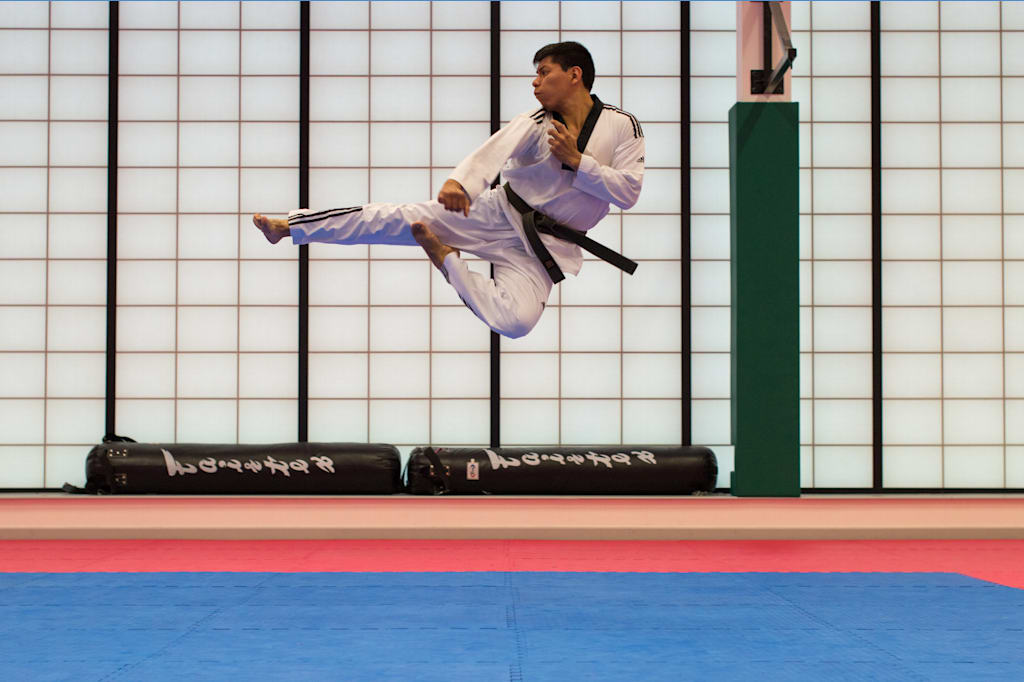Harnessing Autophagy Through Exercise: A Step-by-Step Guide
- Be Healthy
Autophagy, the cellular process of self-cleaning and rejuvenation, can also be stimulated through physical exercise. This intricate mechanism not only helps maintain cellular health but offers a range of potential benefits for your fitness journey. In this post, we’ll explore how to trigger autophagy during exercise, the pros and cons, and potential risks associated with this process.
Step 1: Choose the Right Exercise Regimen
Selecting the appropriate exercise regimen is crucial to activate autophagy effectively. High-intensity interval training (HIIT) and resistance training have been shown to be particularly effective at triggering autophagy.
Step 2: Fasting or Time-Restricted Eating
Consider exercising in a fasted state or within a time-restricted eating window. When your body is in a fasted state, it’s more likely to rely on autophagy for energy production.
Step 3: Stay Hydrated
Proper hydration is essential. Drink water before and during your workout to support the autophagic process.
Step 4: Maintain a Balanced Diet
Ensure your overall diet is balanced and nutrient-rich. Adequate protein intake is necessary to prevent muscle breakdown during autophagy.
Step 5: Get Enough Sleep
Adequate rest is essential for cellular repair and autophagy activation. Ensure you get a good night’s sleep before and after your workout.
Pros of Autophagy Triggered by Exercise
-
Cellular Renewal: Autophagy removes damaged cellular components, facilitating cellular repair and rejuvenation.
-
Enhanced Muscle Recovery: Autophagy helps break down damaged muscle tissue, promoting efficient muscle recovery and growth.
-
Weight Management: Autophagy can aid in weight loss by utilizing stored fat for energy.
-
Improved Insulin Sensitivity: It can enhance insulin sensitivity, which is beneficial for overall health and metabolism.
-
Cognitive Health: Some studies suggest autophagy may protect against neurodegenerative diseases.
Cons of Autophagy Triggered by Exercise
-
Muscle Breakdown: While autophagy can promote muscle repair, excessive autophagy might lead to muscle breakdown, especially if you overtrain.
-
Nutrient Requirements: Autophagy requires adequate nutrient availability. Fasting for extended periods or exercising without proper nutrition can lead to nutrient deficiencies.
-
Fatigue and Overtraining: Constantly pushing your body to trigger autophagy without sufficient recovery can lead to fatigue, overtraining, and potential injuries.
Risks of Autophagy Triggered by Exercise
-
Inadequate Recovery: Overstimulating autophagy without allowing proper recovery can result in muscle damage and increased injury risk.
-
Nutritional Imbalance: Prolonged fasting or extreme exercise can lead to nutrient imbalances, potentially harming overall health.
-
Individual Variability: Autophagy response can vary between individuals. What works for one person may not be suitable for another.
-
Potential for Disordered Eating: Focusing excessively on autophagy activation might lead to unhealthy dietary habits or eating disorders.
Conclusion
Triggering autophagy through physical exercise is a promising avenue for those seeking to maximize the benefits of their workouts. However, it’s essential to strike a balance. While autophagy can support cellular renewal, muscle recovery, and overall health, overdoing it or neglecting essential nutrition and recovery can lead to detrimental effects. Tailor your approach to your unique needs and goals, and consult with a healthcare professional or fitness expert if you’re unsure about your exercise and fasting regimen. Autophagy is a fascinating process that, when harnessed wisely, can be a valuable tool in your pursuit of a healthier, more vibrant life.








